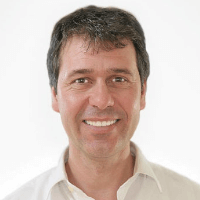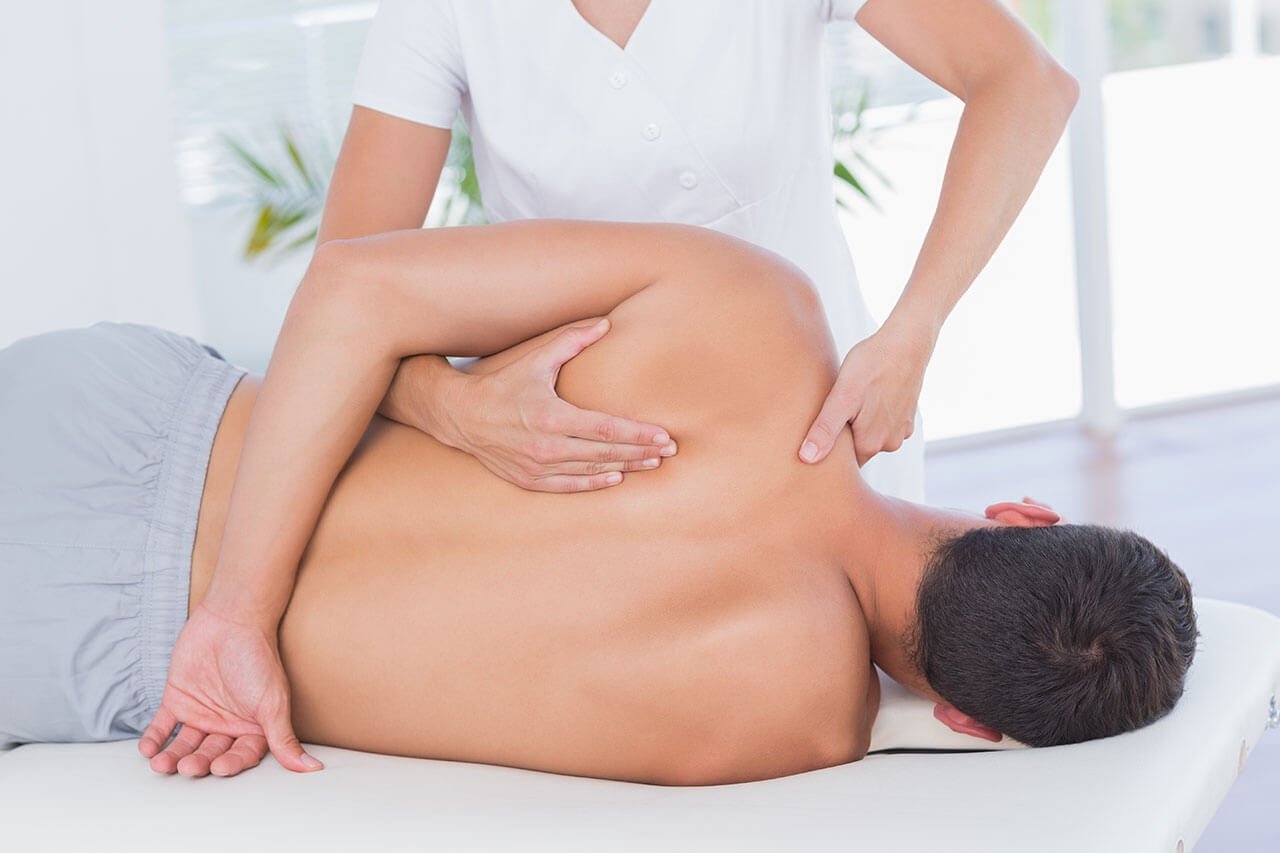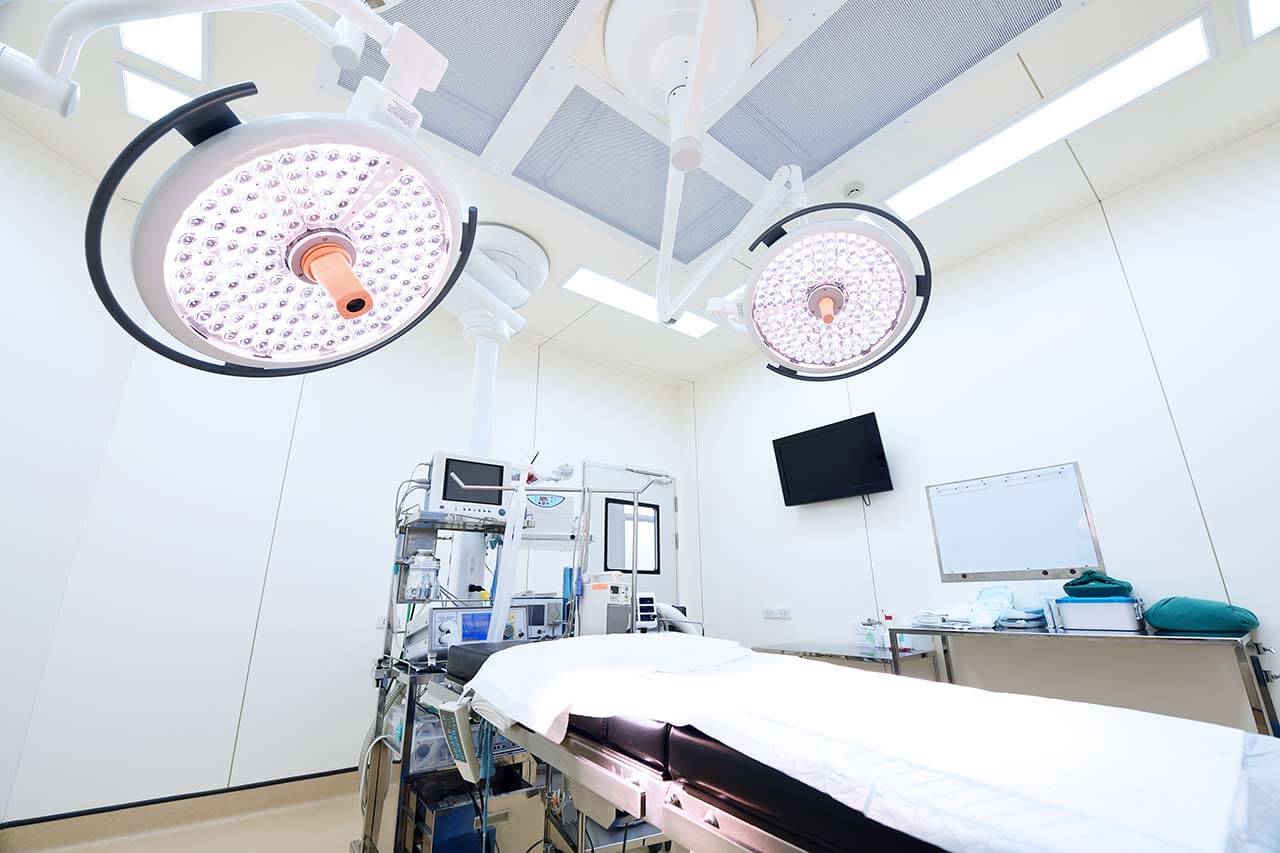
The program includes:
- Initial presentation in the clinic
- clinical history taking
- physical examination
- review of medical records
- laboratory tests:
- complete blood count
- general urine analysis
- biochemical analysis of blood
- indicators of inflammation
- indicators blood coagulation
- x-ray examination
- CT/MRI scan
- preoperative care
- hip replacement
- symptomatic treatment
- control examinations
- physiotherapeutic procedures
- orthopedic appliances
- the cost of essential medicines and materials
- nursing services
- full hospital accommodation
- explanation of future recommendations
How program is carried out
Preliminary preparation for hip replacement includes quitting smoking and drinking alcohol; cancelling non-steroidal anti-inflammatory drugs (diclofenac, ibuprofen); cancelling anticoagulants (warfarin); normalization of body mass, if possible.
Preoperative examination, including consultation with an anesthesiologist and necessary related specialists, takes 1-2 days. According to its results, the most suitable endoprosthesis is selected.
Hip replacement. The operation is performed under general anesthesia. The patient lies on his side, the affected leg is bent and fixed in this position. The surgeon makes an incision 15-20 cm long, minimally traumatizing the muscles and nerve endings. Through this incision, miniature instruments are inserted to remove the damaged joint structures. Healthy bone is adjusted for further reliable implant fixation.
The surgeon installs a femoral stem in the center of the upper part of the femur. Ball-shaped head of the joint is fixed on it. The surgeon also implants a special liner that facilitates movement of the leg and protects the structures of the prosthesis. After the primary fixation of the prosthesis components, the doctor assesses the joint range of motion, as well as the length and symmetry of the lower limb.
The implant is fixed with cement or cementless method. The doctor treats the operating field with antiseptics, conducts its final revision and sutures the wound layer by layer. A temporary drainage is installed in the joint, and a bandage is applied on top.
Postoperative care. During the first day after the intervention the patient stays in the intensive care unit, under round-the-clock medical supervision. After that, with a smooth course of the postoperative period, the patient is transferred to a regular ward and the drains are removed. The range of motion expands gradually, from light toes movements to walking. Walking with the use of walking aids is allowed in 3-5 days after the operation.
Required documents
- Medical records
- X-ray examination, MRI/CT scan (if available)
Service
You may also book:
 BookingHealth Price from:
BookingHealth Price from:
About the department
The Department of Pediatric Orthopedics at the Orthopedic Center Munich East Munich offers the widest options for the high-precision diagnostics and comprehensive treatment of musculoskeletal diseases in children. The Chief Physician of the department is Dr. med. Frank Meinhard Balensiefen.
The range of medical services includes modern conservative and surgical techniques. The department successfully treats congenital clubfoot, deformities of the lower limbs, as well as various types of injuries and fractures in children and adolescents. The main task of the department's specialists is the timely detection and treatment of congenital and acquired musculoskeletal pathologies in childhood, which ensures the normal development of the young body.
In most cases, the doctors begin the treatment with conservative methods, which allow them to delay the operation or completely abandon it. One of the most common and effective methods in the field of conservative therapy is the use of special corsets. They can improve the gait and posture of the child.
It should be noted that an individual treatment plan is selected for each young patient taking into account the particular clinical indications. In addition, the treatment process can cause fear in children, so the entire medical staff of the department surrounds young patients with care and attention, the attending physician establishes a trusting relationship with the child. This helps to achieve good treatment results and to maintain good emotional state of the child.
The department's range of medical services includes:
- Diagnostics
- Ultrasound scanning
- Podography
- Open magnetic resonance imaging (in children from the age of 3 years)
- Soft tissues and joint testing
- Gait analysis
- 4D spine diagnostics
- X-ray using special filters
- Conservative treatment
- Restricted mobility or pathological mobility in the joints, spine
- Arthrosis and arthritis due to rheumatic pathology
- Pain in the back and extremities (drug treatment, injection therapy, acupuncture, kinesiotherapy)
- Use of orthopedic corsets, including the Corset Chenot, for scoliosis and other spinal pathologies
- Posture correction with physical exercises and individually selected corsets
- Gait correction
- Use of arch support and other medical devices for the correction of leg length discrepancy
- Selection of orthopedic shoes in case of flat feet
- Shock wave therapy for older children
- PRP therapy in older children
- Surgical treatment
- Arthroscopic and minimally invasive interventions on large joints of the upper and lower extremities
- Removal of free bodies of bone and cartilage from the large joints
- Minimally invasive spinal interventions
- Treatment of congenital and acquired feet deformities (for example, hallux valgus in older children)
- Treatment of toe deformities (for example, hammer toes)
- Correction of leg length discrepancy
- Correction of X-shaped and O-shaped deformation of the legs
- Preventive activities
- Prevention of hip dysplasia in newborns and young children
- Prevention of postural disorders, including activities in young children
- Scoliosis prevention
- Other diagnostic, therapeutic and preventive measures
Curriculum vitae
Education and Professional Career
- 1994 3rd State Examination after studying Human Medicine at the Eberhard Karls University of Tuebingen and Victoria University of Wellington, New Zealand.
- 1995 Doctoral thesis defense with honors. Subject: "Achilles tendon – ultrasound, macroscopic, histological and biomechanical examination".
- Until 1997 Internship and Assistant Physician in the Department of Orthopedics and Sports Orthopedics at the University Hospital Rechts der Isar Munich.
- Since 1997 Attending Physician of the national hockey teams of the German Ice Hockey Federation.
- Since 1998 Assistant Physician in the Department of Orthopedics and Sports Orthopedics at the University Hospital Rechts der Isar Munich.
- 06.1999 - 05.2001 Assistant and Emergency Doctor (Surgery and Traumatology) at the Berchtesgaden-Land Clinics (within the Training of Orthopedic Specialists).
- 2001 Medical Director of the World Hockey Championship in Germany.
- Since 07.2001 Research Fellow in the Department of Orthopedics and Sports Orthopedics at the University Hospital Rechts der Isar Munich.
- 2003 Board certification in Orthopedics and the position of Acting Head of the Department.
- 2006 Doctor of the German National Ice Hockey Team in Turin.
- 02.2004 - 07.2007 Senior Physician at the University Hospital Rechts der Isar Munich and Pediatric Orthopedic Consultant at the Schwabing Hospital.
- Since 04.2007 Orthopedic Surgeon and Sports Medicine Doctor in Grafing.
- 2010 Foundation of the Orthopedic Center Munich East Munich.
- 2014 Doctor of the German Olympic Hockey Team in Sochi 2014.
Clinical Interests
- Knee and hip replacement surgery.
- Pediatric orthopedics.
- Sports medicine.
- Hand and foot surgery.
- Emergency medical care.
- Osteoporosis treatment.
Advanced Training
- Additional qualification in Sports Medicine and Chiropractic.
- Expert certificate of the Specialist in Rescue Service.
- Diploma in Magnetic Resonance Imaging from the Orthopedics Society.
- Ultrasound diagnostics of the musculoskeletal system, including hip ultrasound in infants (German Society of Ultrasound in Medicine).
- Theoretical basis of the specialty in Radiation Protection.
- Courses in Replacement Surgery, Foot Surgery, Osteosynthesis and Arthroscopy.
- International Diploma in Mountain, Expeditionary and Medical Tourism.
Memberships in Professional Societies
- German Olympic Sports Confederation (DOSB).
- German Medical Association (GMA).
- German Society of Orthopaedics and Traumatic Sports Medicine (GOTS).
- German Society for Orthopaedics and Orthopaedic Surgery (DGOOC).
- Member of Bexmed / German-Austrian Association of Expeditionary and Mountain Medicine.
Photo of the doctor: (c) OZMO – Orthopädiezentrum München Ost
About hospital
The Orthopedic Center Munich East Munich has the status of a leading Orthopedic Clinic in Germany, which meets the high standards of medical care using state-of-the-art medical technologies. The center specializes in the prevention, diagnostics, conservative and surgical treatment of all diseases and injuries of the musculoskeletal system. The medical facility performs complex minimally invasive interventions, which were just impossible a decade ago. The medical team of the center consists of 6 highly qualified doctors who specialize in specific fields of orthopedics and are recognized experts in these areas.
The Orthopedic Center has vast experience in the treatment of patients. It offers many conservative treatment methods, while the main focus is on minimally invasive, endoscopic and arthroscopic orthopedic surgery, as well as on the surgical methods for the treatment of spinal diseases. The diagnostics, treatment and care are provided in accordance with the very latest medical standards, while the doctors of the center are in step with medical innovations and immediately implement the very latest therapeutic techniques into clinical practice.
The medical facility offers the best methods of diagnostic imaging, for example, digital radiography, magnetic resonance imaging, ultrasound examination and 4D spinal imaging, as well as other innovative technologies. During the treatment process, preference is given to minimally invasive techniques, which allow the patients to avoid a long inpatient stay and to return to their everyday life as soon as possible.
The Orthopedic Center has an excellent reputation both in Germany and abroad, which is confirmed by the large number of patients from all over the world. The center annually treats more than 20,000 patients, as well as performs more than 1,500 surgical interventions.
Photo: (c) depositphotos
Accommodation in hospital
Patients rooms
The patients of the Orthopedic Center Munich East Munich live in spacious and comfortable rooms. The center offers shared, single and double patient rooms, as well as superior patient rooms. Regardless of the type, all patient rooms have an ensuite bathroom with shower and toilet. The standard patient rooms include an automatically adjustable bed, a bedside table, a wardrobe, a table and chairs for receiving visitors, a multimedia system with TV, telephone and free Internet access.
The atmosphere, furnishing, service and its quality in superior rooms correspond to the level of a hotel of the highest category. The services include concierge service, daily changing of bathrobe, towels and bed linen, toiletries and a fresh newspaper during breakfast.
Meals and Menus
The patients of the center are offered tasty and healthy three meals a day. The set of dishes is regularly changed and includes standard dishes, dietary and lacto-ovo-vegetarian meals. All dishes are cooked in the center’s in-house kitchen using fresh products.
Further details
Standard rooms include:
Hotel
During the outpatient program, you can stay at a hotel of your choice. Our managers will help you to choose the most suitable option.





